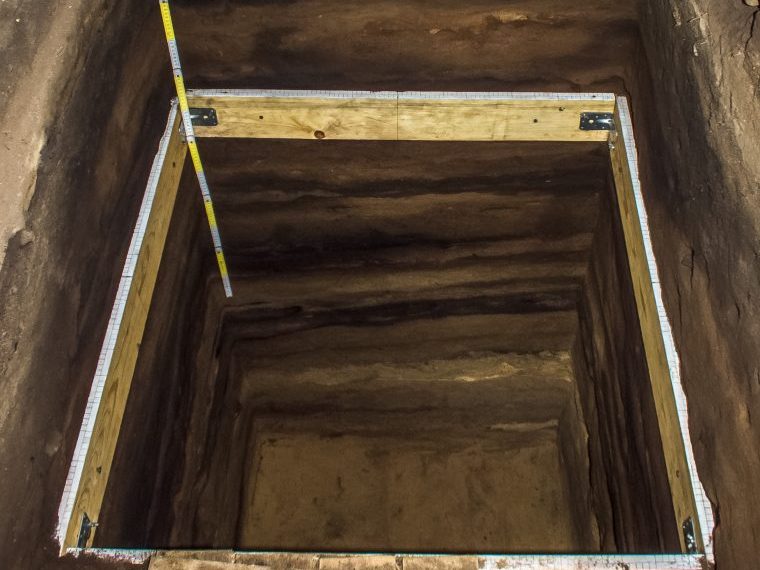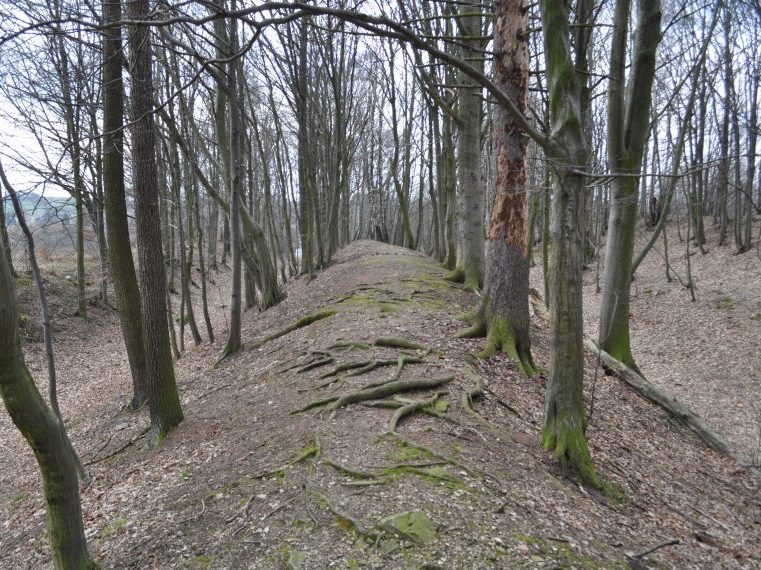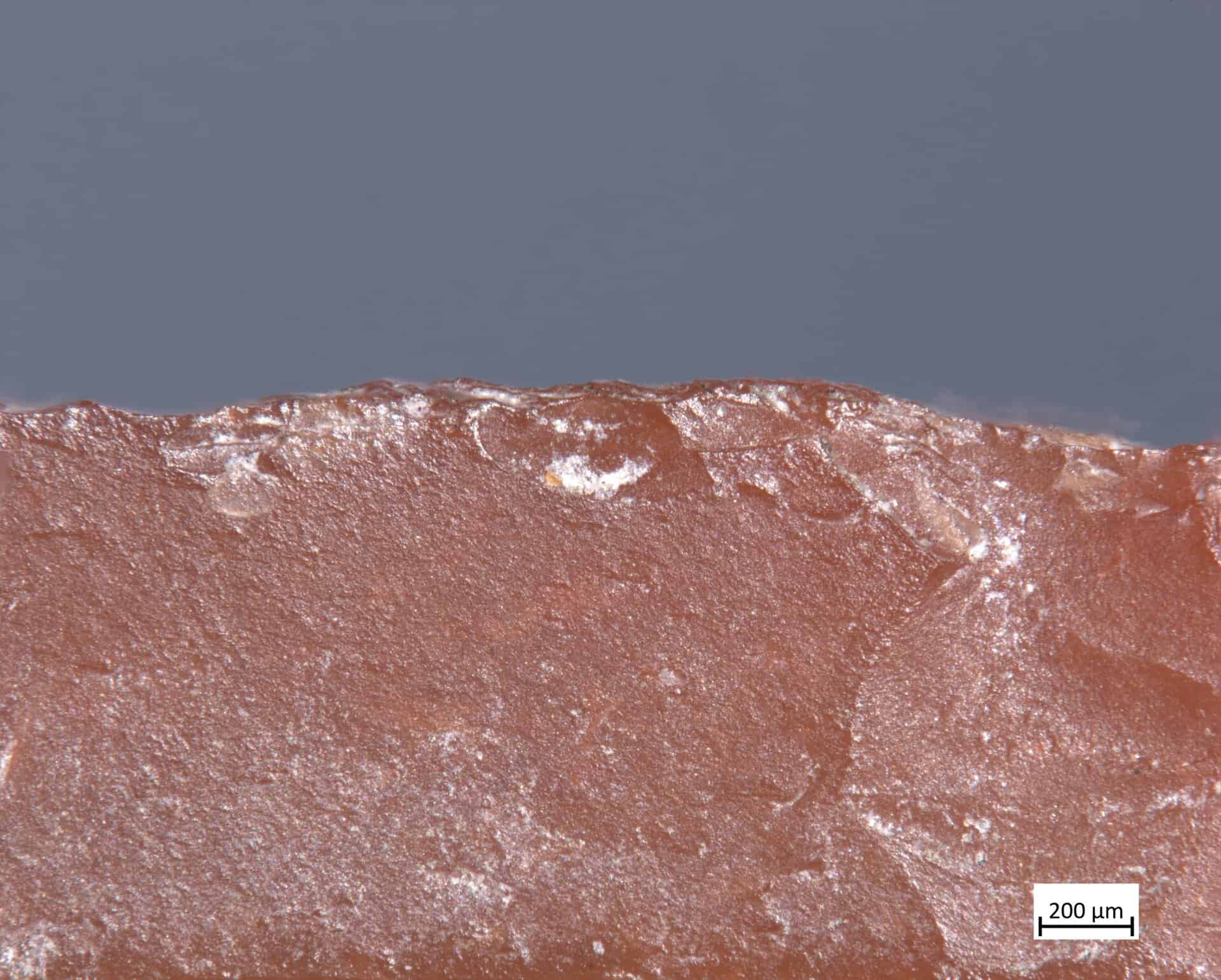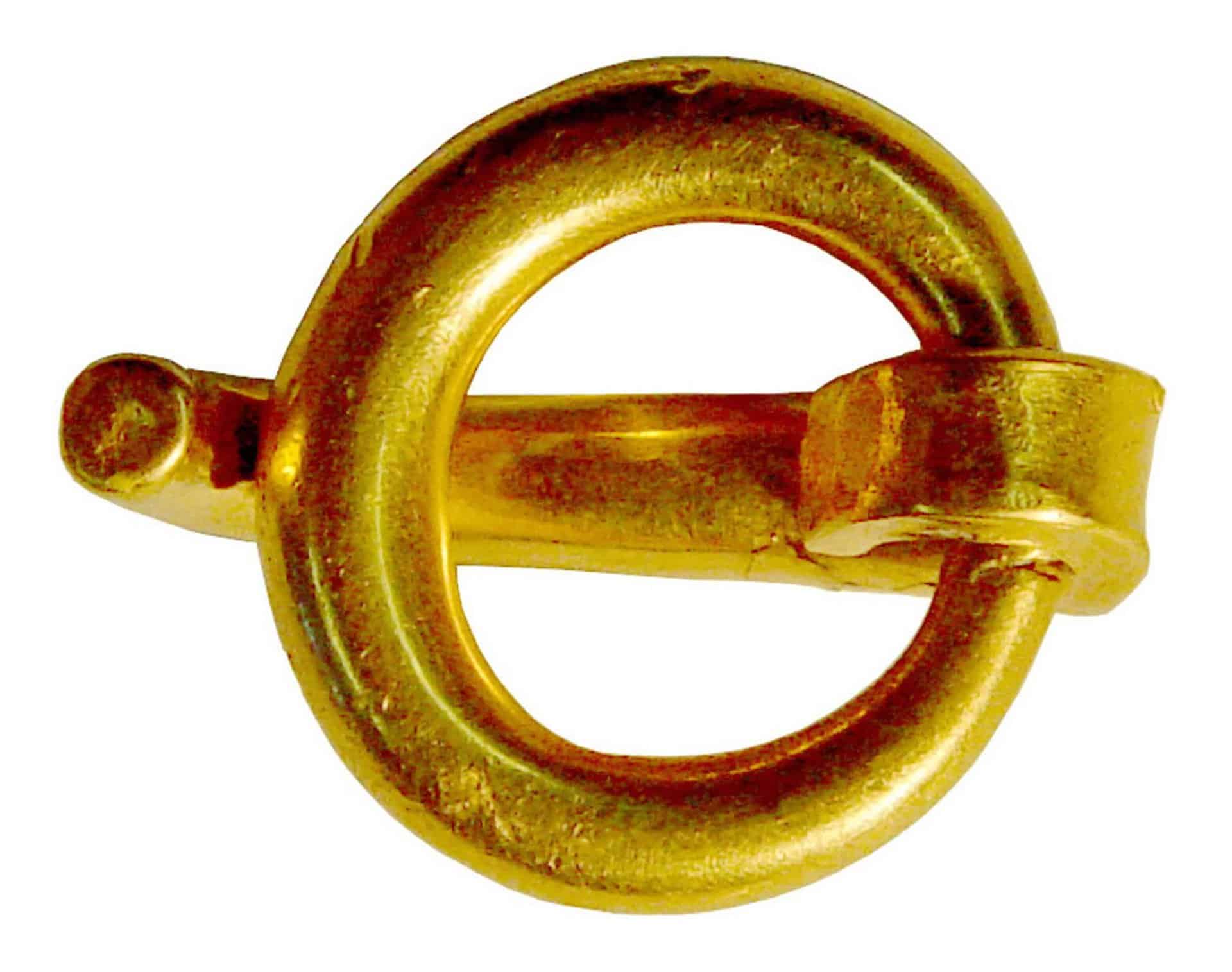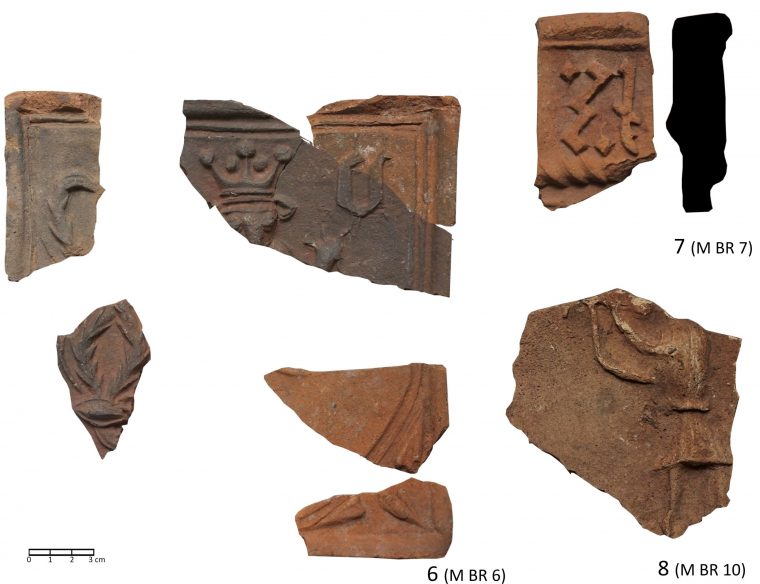One of the research topics dealt with at the Department of Archaeology is the study of pottery firing structures, especially of vertical two-chamber kilns of the La Tène period. We focus on the study of their chronological, geographical, constructional and technological aspects which we investigate on an European scale. We further study ceramic assemblages from...
Šída, within his long-term research projects, works to refine the procedures and methods of archaeological surveys of settlement remains left behind by hunter-gatherer communities. Attention is paid to a combination of approaches derived from humanities and natural sciences and total sampling methods. The results are being continuously incorporated into educational activities. CONTACT PhDr. et Mgr....
One of the important research topics of the Department of Archaeology at the FF UHK are military conflicts, especially those taking place in the 17th to 19th centuries. This broad topic involves interest in military facilities (field fortifications), venues of confrontation (battlefields), military camps, besieged sites and siege camps, as well as the impact of...
Research topics connected with investigations of the individual components of historical cultural landscape are pursued by the Department of Archaeology at the FF UHK. In the first place, these are investigations of ancient roads, water works, abandoned field systems or places associated with executions. The investigations are especially carried out on a non-destructive basis. Standard...
There have already been four expeditions named Monoxylon (1995, 1998, 2019, 2023) and followed the experiments on inland waters (1989, 1990). Three boats have already been tested at sea. Their constant inspiration is the finds of Neolithic hollowed-out boats from Lake Bracciano. The last of them (from 2022) came closest to the original model in...
Within the Department, we also pursue activities associated with the study of settlement structures of the La Tène period. We focus both on common open-field settlements and specific settlement forms, such as oppida or rectangular ditched enclosures (Viereckschanzes). An important topic is also the cognition of eastern Bohemian hilltop sites, in particular rocky locations and...
This unique archaeological area was discovered in 2002 and since then, the initiator of the excavation has intensely engaged in its investigation. Remains of Neolithic mining pits and production districts have been preserved there in an area of more than 25 hectares. The area used during the Neolithic period had even been larger, but a...
From 2017, the experimental production (drilling, grinding, cutting, hammering and chipping) of stone axes and adzes from cut stone followed on from our earlier experiments and grew not only into their use in wood processing (felling trees, making hollowed-out boats, building a well, splitting wood ) and stone, but also to understand the entire chain...
Roman and post-Roman catacombs are a very characteristic element of cultural landscapes in the Mediterranean, and valuable heritage sites. In the province of Ragusa, in south-eastern Sicily, are known hundreds of graves distributed in many catacombs, all hollowed out in the ubiquitous calcareous rock-faces and outcrops of the region. The research project, still in the...
We try to interpret the wear traces on stone tools by trasological analysis and residue analysis. We focus primarily on the study of Palaeolithic and Mesolithic knapped tools. Our approach combines the study of macrowear and microwear as well as experimental replication. We create an experimental reference collection focused on stone tools made of local...
The project intends to produce new knowledge on the hoarding and depositing patterns of gold items in a wide geographical area (Mediterranean Europe and southern Central Europe) and a long-term chronological perspective (4th-9th century). By systematically bringing together composition and context data to the study of gold deposits, it is expected that new insights into...
Our research is focused on early to late medieval central sites (hillforts, manors, castles, fortified manor houses). The research topics include the issues of their dating and the causes for their emergence and downfall (or possibly survival), their position in the landscape, their relationships to other contemporaneous sites, links to raw material resources as well...
Imola (Forum Cornelii) is a city located in the south-east of the Po valley in Italy, founded in the 2nd century BC. The exceptional features recorded at the numerous and varied funerary sites of the city dating from the 4th-8th century AD has the potential to turn them in a reference frame for the transformation...
The Department of Archaeology at the FF UHK systematically pursues the study of pottery making technology on the basis of archaeological sources. Our attitude integrates macroscopic observations, microscopic analyses (optical polarisation microscopy, scanning electron microscopy, 3D digital microscopy), instrumental methods (analyses of elemental and mineralogical compositions) and experimental replication. We perceive the experiment as a...

